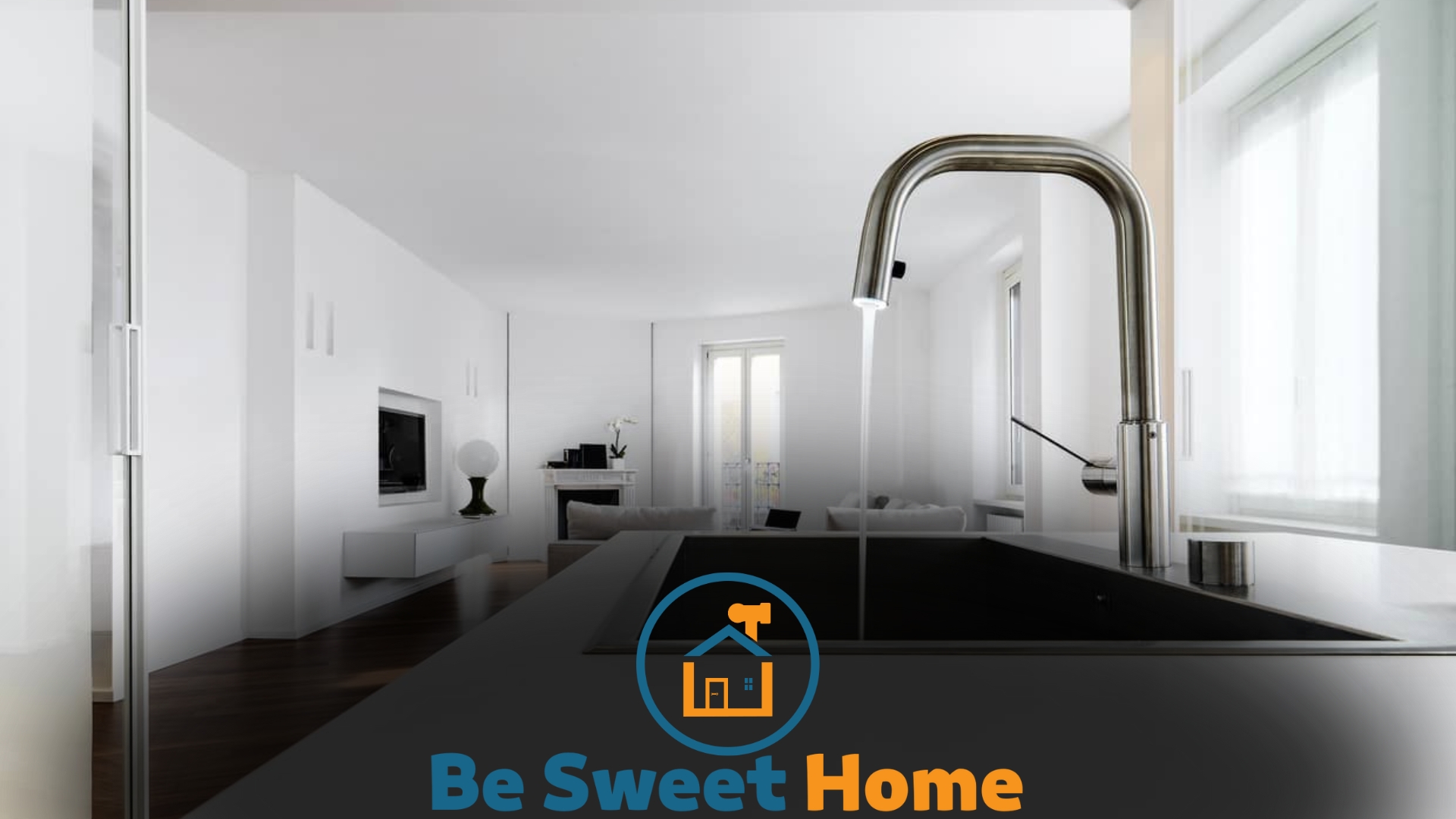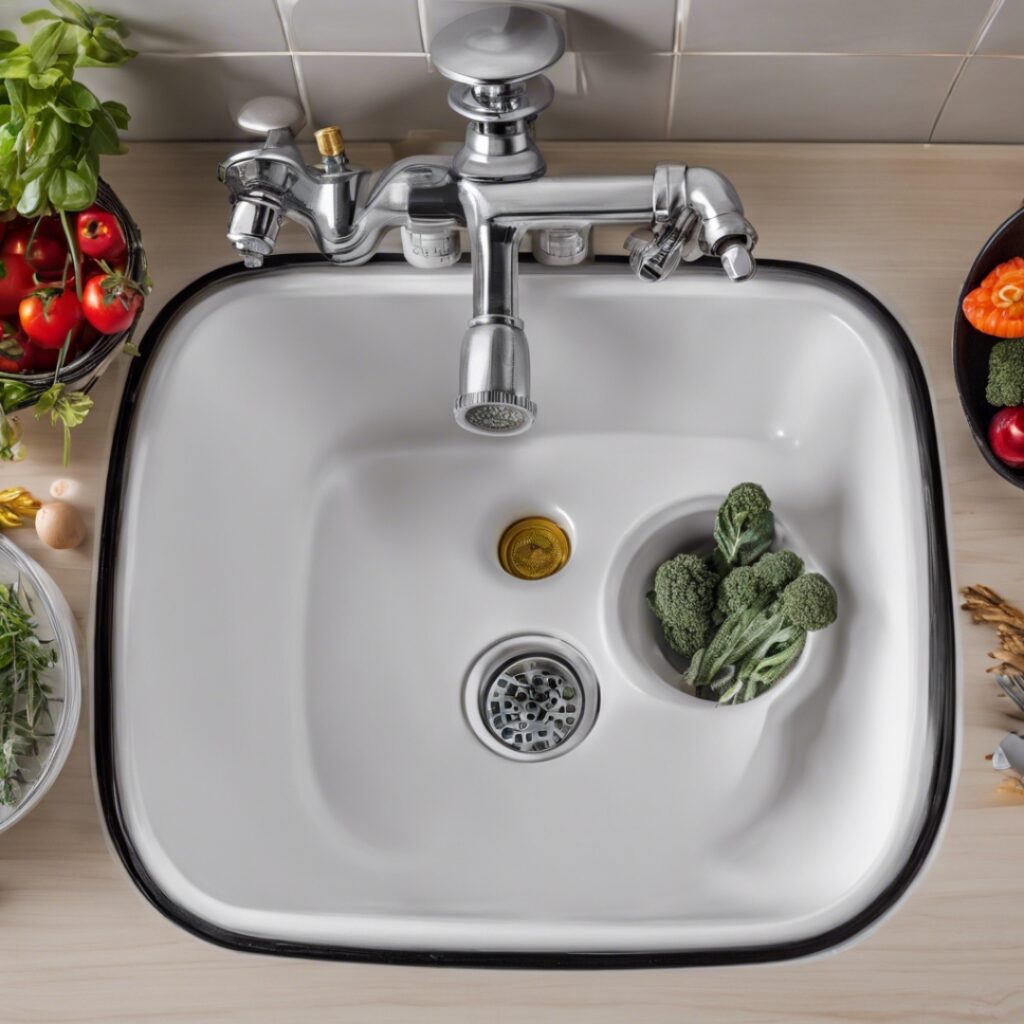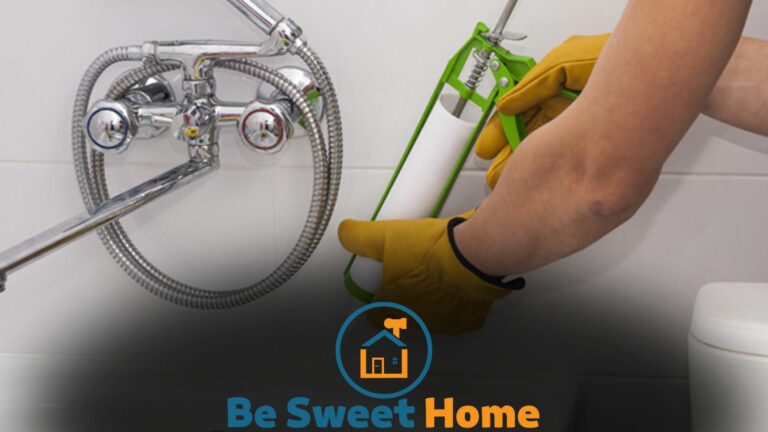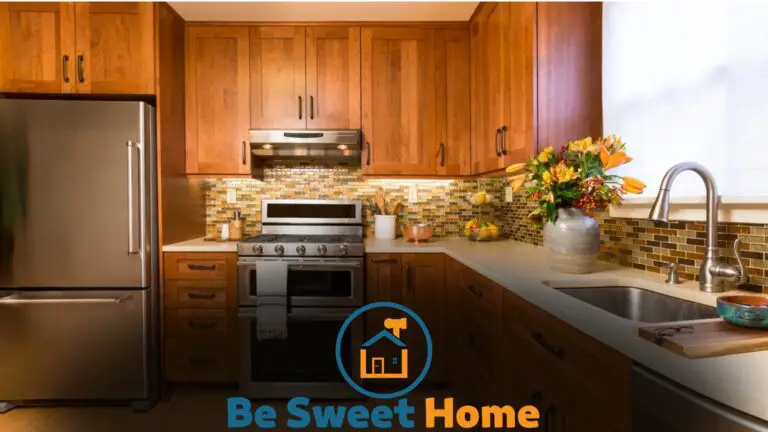

To improve kitchen sink water pressure, clean aerators, and check for clogs in pipes. Ensure valves are fully open to maximize flow.
A strong water pressure in the kitchen sink is essential for efficient dishwashing and food preparation. Over time, minerals and debris can accumulate, leading to a frustrating decrease in flow.
Addressing this issue begins with simple home maintenance strategies. Regularly inspecting and maintaining your plumbing is critical for consistent performance.
By ensuring that the basic components, such as aerators, are clean and the valves are functioning correctly, you can often rectify low water pressure without professional help.
Quick and straightforward fixes improve your kitchen sink’s water pressure and contribute to the longevity of your plumbing system, keeping the heart of your home running smoothly.
Signs of Low Water Pressure in the Kitchen Sink
Dealing with low water pressure in the kitchen can be a real hassle. It’s essential to recognize the signs early.
So what should you look for? Here are a few clues that indicate your kitchen sink’s water pressure isn’t up to par.
Faucet Troubles
- Water trickles out of your faucet no matter how far you turn it on.
- Sudden changes in water flow when using other water sources in your home.
- Unexpected noises, like banging or stuttering, when you switch on the tap.
Slow Fill Rates
Filling a pot at the kitchen sink shouldn’t be a waiting game. The slow filling is a telltale sign. Here’s how to check:
- Grab a one-gallon pot.
- Time how long it takes to fill under the faucet at full blast.
- If it’s over a minute, you might have low-pressure issues.
Inconsistent Spray Patterns From the Nozzle
If your spray nozzle goes from fine mist to unpredictable squirt, it’s a symptom. Such irregular patterns suggest blockages or pressure issues.
A healthy nozzle will deliver a steady, consistent pattern. If yours is erratic, it’s time to investigate further.
| Check | Indication of Low Pressure |
|---|---|
| Faucet Output | Trickle instead of Stream |
| Fill Time | More than 1 Minute per Gallon |
| Nozzle Pattern | Inconsistent Spray |
Common Causes for Poor Water Pressure
Struggling with low water pressure in the kitchen sink? Understanding the root cause is crucial. Often, simple issues like clogged aerators or blocked pipes lead to frustration.
Other times, intricate plumbing faults or valve malfunctions could be the culprit. Identifying these common causes is the first step towards fixing poor water pressure.
Clogged Aerators and Blocked Pipes
Clogged aerators often reduce water flow. Mineral deposits from water build up over time, leading to blockages.
Kitchen sink aerators need regular maintenance. Here’s how to spot and fix the issue:
- Check the aerator: Unscrew it from the faucet’s end.
- Rinse thoroughly: Clear away any debris or buildup.
- Replace if needed: Sometimes, a new aerator is necessary.
Blocked pipes can be harder to tackle. Mineral deposits, rust, or food particles cause blockages. Signs include:
- Reduced pressure in multiple fixtures.
- Strange noises when the tap is on.
- Discolored water.
Professional plumbers can diagnose and remedy blocked pipes efficiently.
Faulty Plumbing and Malfunctioning Valves
Faulty plumbing systems disrupt water flow. Pipes installed incorrectly or worn out over time can cause pressure issues.
Malfunctioning valves, including the main shutoff or sink valves, also affect water pressure. Key points to consider:
- Is the main shutoff valve fully open? Sometimes it’s not!
- Check under the sink—are the sink valves open?
- Inspection by a professional determines plumbing health.
Regular maintenance and timely repairs prevent these issues from escalating. Addressing problems early keeps water pressure optimal.
Initial Steps To Troubleshoot Water Pressure Issues
Experiencing a trickle where you once had a powerful stream in your kitchen sink can be frustrating. Before calling a plumber, some quick checks might save you time and money.
Let’s dive into the practical initial steps any homeowner can take to tackle water pressure issues in the kitchen.
Checking for Obvious Obstructions
First things first, examine the faucet for blockages. Mineral buildup often causes poor water pressure. If the aerator is clogged, remove and clean it. Use a brush and vinegar for a sparkling finish.
Testing Other Sinks and Fixtures
Don’t stop at the kitchen sink. Test other taps and fixtures throughout your home to check for widespread low pressure.
This helps isolate the problem. Personal observations can offer valuable clues to a professional later on.
- Run water in the bathroom sink.
- Check the water flow in the shower.
- Operate outdoor spigots.
Note the performance of each. Uniform low pressure hints at a broader issue, likely at the main shutoff valve or the water supply line.
Diy Solutions To Enhance Sink Water Pressure
Low water pressure in the kitchen sink can be frustrating. But don’t worry. There are simple DIY solutions to boost water flow without calling a plumber.
From cleaning aerators to fixing faucets, follow these steps to get your water pressure back to normal.
Cleaning or Replacing the Aerator
The aerator is the small screen at the end of the faucet. It can get clogged with debris. Here is how to clean it:
- Turn off the tap and unscrew the aerator.
- Take it apart and rinse off any sediment.
- Use a brush dipped in vinegar to remove tough buildup.
- Reassemble and reattach it to the faucet. Check the water flow.
If cleaning doesn’t work, replace the aerator. They’re affordable and easy to install.
Assessing and Fixing the Faucet
Sometimes, the issue is with the faucet itself. Perform these checks:
- Ensure the hot and cold valves are fully open.
- Check for leaks or drips in the faucet. They hint at inner issues.
To fix common problems:
| Issue | Solution |
|---|---|
| Loose Parts | Tighten any loose screws or replace worn-out gaskets. |
| Corroded Valve Seat | Clean with a brush or replace if severely damaged. |
| Worn Out O-Rings | Replace the O-rings to fix any leaks. |
If problems persist after these checks, consult a professional. They will help resolve more complex issues.
When To Call in a Professional Plumber
Is your kitchen sink struggling to muster a strong stream of water? It might be time to call in the experts.
Navigating the mysterious territory of plumbing on your own can lead to further complications. Knowing when to seek professional help can save time and prevent potential disasters.
Identifying Complex Plumbing Problems
Some plumbing issues are too complicated for a DIY approach. You’ll need a plumber if you notice:
- Major pipe blockages that resist normal clearing methods
- Multiple drains showing poor performance simultaneously.
- Weird noises or bad smells coming from your pipes
- Changes in water color, signaling potential corrosion or sediment buildup
These signs suggest a need for expert diagnostics. A professional can pinpoint the root cause without unnecessary guesswork.
Benefits of Professional Assessment
Seeking a professional opinion comes with perks:
| Benefit | Description |
|---|---|
| Expertise | Plumbers have the skills to identify and fix complex issues efficiently. |
| Tools | Access to specialized tools that can handle various plumbing tasks. |
| Time-saving | Able to resolve the problem quicker than figuring it out alone. |
| Long-term Solutions | They provide fixes that last, not just temporary patches. |
| Safety | Professionals can work on plumbing systems without causing further damage. |
Professionals not only solve your current problems. They also prevent future ones. They guarantee their work, offering peace of mind.
Maintaining Optimal Water Pressure Over Time
Is your kitchen sink’s water pressure not what it used to be? Keeping the right water flow requires attention and care. With consistent actions, you can maintain optimal water pressure and ensure a steady, strong stream whenever you turn on the tap.
Preventative Measures and Regular Maintenance
- Inspect faucets and aerators yearly to clear debris.
- Check for silent leaks with dye tablets in the toilet tank.
- Monitor water pressure with a gauge; the ideal range is 40-60 psi.
Practical steps help avoid sudden pressure drops. A clogged aerator or leak can hinder flow. Regular checks can catch issues early.
Upgrading Plumbing Infrastructure as a Long-term Solution
Old pipes can corrode, restricting water flow. Consider these options:
| Upgrade | Benefit |
|---|---|
| Pipe Replacement | Increases longevity and improves pressure |
| Pressure Regulators | Keeps flow consistent |
| Water Softeners | Minimizes mineral buildup |
While costly, upgrades to plumbing are long-term fixes. They prevent issues that cause low pressure and improve water quality.

Frequently Asked Questions
Why is My Kitchen Sink Water Pressure Low?
Low kitchen sink water pressure can be caused by clogged aerators, shut-off valves not fully open, blocked pipes, or malfunctioning pressure regulators.
How Do I Check the Sink Aerator for Blockages?
To check for blockages, unscrew the aerator from the faucet tip and inspect for debris. Clean it with water or a brush if needed.
Can Leaks Affect Sink Water Pressure?
Leaks can reduce water pressure by allowing water to escape before reaching the faucet, decreasing overall flow.
What Maintenance Can Improve Water Pressure?
Regularly cleaning aerators, inspecting pipes for clogs, and ensuring valves are fully open to maintain optimal water pressure levels.
Should I Replace the Old Kitchen Sink Pipes?
Old, corroded pipes can restrict water flow, and replacing them can significantly improve water pressure in your kitchen sink.
Conclusion
Boosting your kitchen sink’s water pressure doesn’t have to be daunting. Applying the strategies mentioned, your water flow can return to its desired strength.
Remember, routine maintenance and understanding your system contribute significantly to pressure improvement. Get ready to enjoy a more efficient and satisfying kitchen experience.







